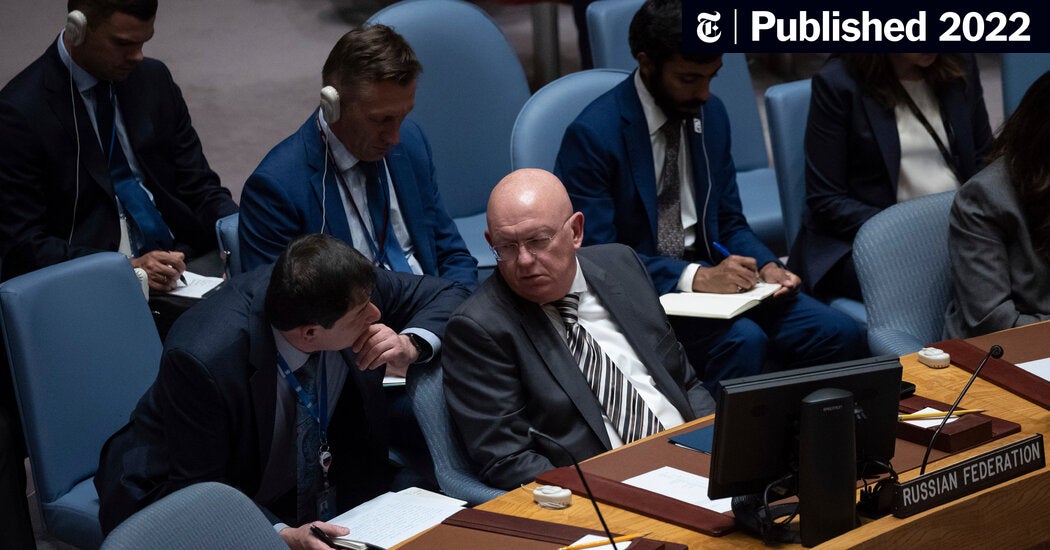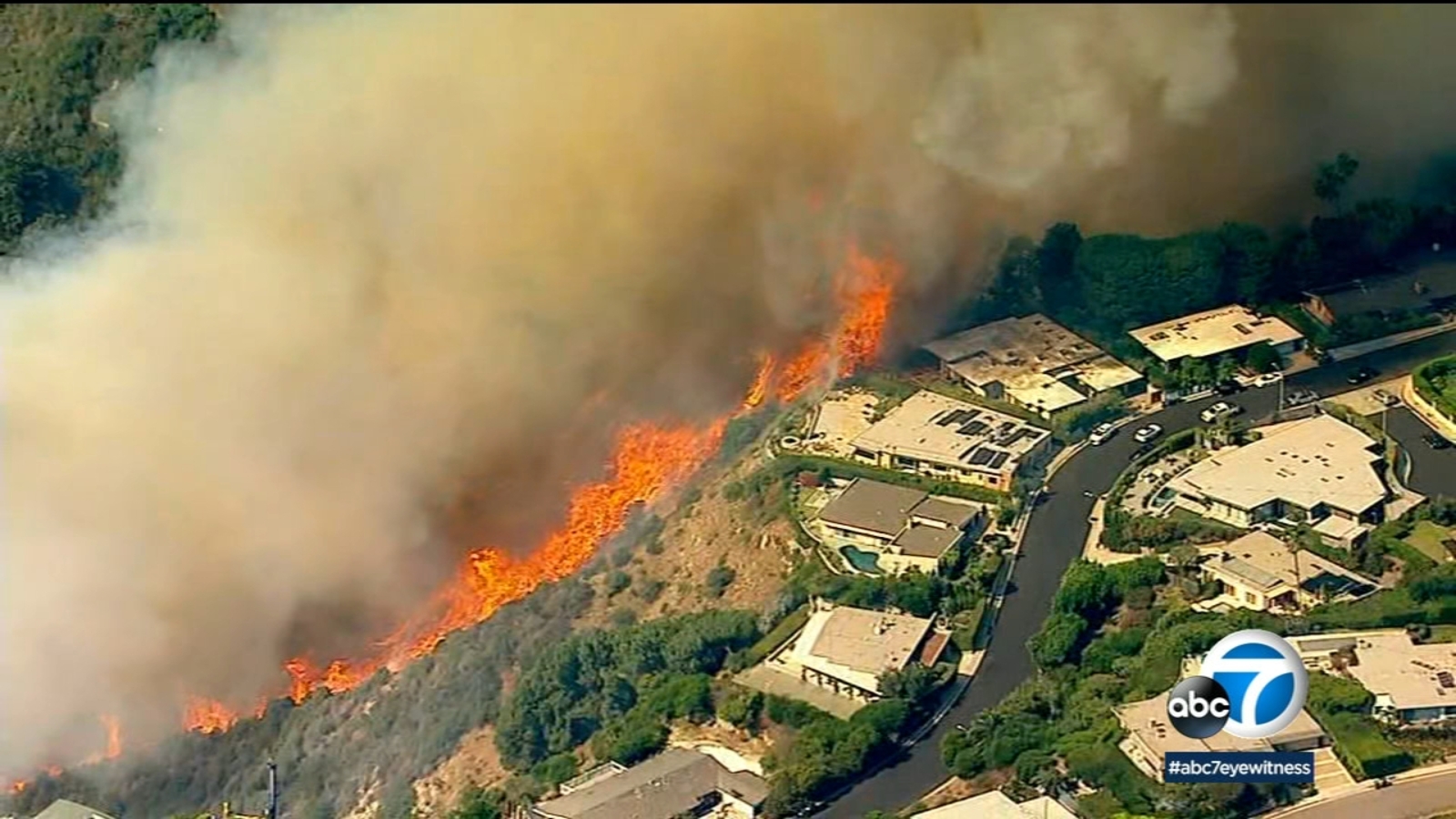Unintended Consequences: Who Bears The Brunt Of Trump's Economic Plans?

Table of Contents
The Impact on the Working Class
Despite claims of widespread economic prosperity, the impact of Trump's economic plans on the working class was uneven and, for many, detrimental. A closer look reveals a story of stagnant wages, increased income inequality, and job losses in key sectors.
Wage Stagnation and Income Inequality
- Tax cuts for corporations: While corporate tax cuts were touted as stimulating job growth and wage increases, the effect on worker compensation was minimal. Studies from the Economic Policy Institute showed that wage growth remained sluggish despite increased corporate profits. This led to a widening gap between the wealthy and the working class, exacerbating existing income inequality.
- Productivity vs. Wages: Increased worker productivity did not translate into commensurate wage increases, suggesting a breakdown in the traditional relationship between productivity and worker compensation. This disproportionately affected lower and middle-income workers.
- Rising Cost of Living: The rising cost of living, including healthcare, housing, and education, outpaced wage growth for many working-class families, leading to financial strain and decreased economic security. This was further exacerbated by the erosion of benefits and reduced job security in certain sectors.
Job Losses in Specific Sectors
Trump's trade policies, particularly tariffs, significantly impacted certain sectors of the economy, resulting in job losses and economic hardship for numerous communities.
- Manufacturing Job Losses: The imposition of tariffs on imported goods led to retaliatory tariffs from other countries, hurting American manufacturers and leading to job losses in the sector. This was particularly damaging to regions heavily reliant on manufacturing, such as the Midwest.
- Challenges in Retraining and Finding New Employment: Workers displaced from manufacturing jobs often lacked the skills and resources to transition to new careers, facing prolonged unemployment and economic insecurity. The retraining programs available were often insufficient to meet the needs of these workers.
- Long-Term Economic Consequences: The long-term economic consequences for affected workers and families included decreased savings, increased debt, and reduced opportunities for social mobility. These impacts extended beyond individual households to entire communities, leading to broader economic decline.
The Burden on Farmers and Rural Communities
Trump's economic plans had a devastating impact on farmers and rural communities, primarily through trade wars and the instability they created in agricultural markets.
Trade Wars and Agricultural Subsidies
- Impact of Tariffs: The trade war with China, in particular, significantly impacted agricultural exports, leading to decreased income for farmers and increased reliance on government subsidies. Retaliatory tariffs imposed by China severely limited access to key export markets for American agricultural products.
- Subsidy Limitations: While government subsidies provided some relief, they often proved insufficient to offset the losses incurred due to reduced exports and market instability. The process of obtaining subsidies was often complex and time-consuming, further burdening farmers.
- Farm Bankruptcies and Foreclosures: Many farmers faced financial ruin, with increasing numbers of farm bankruptcies and foreclosures reported during this period. This created a ripple effect impacting related businesses and the overall rural economy.
Rural Economic Decline
The economic hardship experienced by farmers contributed to a broader economic decline in rural communities, affecting access to essential services and opportunities.
- Interconnectedness of Rural Economies: Rural economies are often highly interconnected, so the decline in agricultural income had cascading effects on related businesses, such as processing plants and transportation companies.
- Unequal Distribution of Resources: The economic policies exacerbated existing inequalities in the distribution of resources, with rural communities often lacking the infrastructure, resources, and opportunities available in urban areas.
- Access to Healthcare, Education, and Infrastructure: Rural communities already faced challenges in access to healthcare, education, and infrastructure. The economic downturn further strained these services, creating a cycle of poverty and decreased opportunity.
Environmental Costs and the Unseen Burden
The rollback of environmental regulations under Trump's administration incurred significant environmental costs, imposing an unseen burden on various populations.
Deregulation and Environmental Protection
- Weakening of Environmental Protections: Numerous environmental regulations were rolled back, impacting air and water quality, wildlife protection, and land management. These actions were often justified based on short-term economic gains, overlooking long-term environmental and human health consequences.
- Impact on Vulnerable Populations: The environmental consequences of deregulation disproportionately affected low-income communities and communities of color, who often live closer to polluted areas and have limited resources to mitigate the negative impacts.
- Increased Pollution Levels: The weakening of environmental standards led to increased levels of pollution, resulting in negative health outcomes such as respiratory illnesses and increased cancer rates.
Long-Term Sustainability Concerns
The long-term economic and social costs associated with environmental damage are substantial and will impact future generations.
- Climate Change Costs: The lack of climate change mitigation efforts will lead to increased costs associated with extreme weather events, rising sea levels, and other climate-related disasters. These costs will burden taxpayers and taxpayers' future generations.
- Environmental Remediation Costs: Cleaning up environmental damage will require significant financial resources, diverting funds from other essential services. This burden will fall on all taxpayers, but particularly on those already struggling economically.
- Intergenerational Equity: The environmental damage caused by neglecting long-term sustainability will disproportionately impact future generations, creating an intergenerational inequity in terms of resource access and environmental quality.
Conclusion
The economic policies implemented during the Trump administration, while advertised as beneficial for all, resulted in a complex and uneven distribution of economic benefits and burdens. While some sectors experienced growth, many working-class families, farmers, and rural communities faced hardship. The environmental costs, often unseen in short-term economic calculations, present a long-term threat to sustainability and economic stability. Understanding the unintended consequences of Trump's economic plans is crucial for developing more equitable and sustainable economic policies in the future. Further research and analysis on the long-term impacts of Trump's economic plans are needed to fully grasp the complete consequences and prevent similar outcomes in the future. Continue to examine the far-reaching effects of Trump's economic plans to fully understand the consequences and advocate for fairer policies.

Featured Posts
-
 Razer Blade 16 2025 High Performance Ultrabook Review
Apr 22, 2025
Razer Blade 16 2025 High Performance Ultrabook Review
Apr 22, 2025 -
 Us Pushes Peace Plan As Russia Unleashes Devastating Air Raids On Ukraine
Apr 22, 2025
Us Pushes Peace Plan As Russia Unleashes Devastating Air Raids On Ukraine
Apr 22, 2025 -
 Zuckerbergs Leadership In A Trump Era America
Apr 22, 2025
Zuckerbergs Leadership In A Trump Era America
Apr 22, 2025 -
 Googles Monopoly Why Breakup Talk Is Louder Than Ever
Apr 22, 2025
Googles Monopoly Why Breakup Talk Is Louder Than Ever
Apr 22, 2025 -
 Los Angeles Palisades Fire A List Of Celebrities Who Lost Properties
Apr 22, 2025
Los Angeles Palisades Fire A List Of Celebrities Who Lost Properties
Apr 22, 2025
